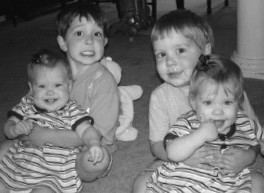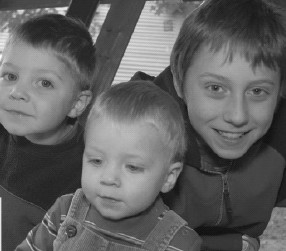By Pam Stone, co-leader of API of Merrimack Valley, New Hampshire
**Originally published in the Summer 2008 AP in a Non-AP World issue of The Journal of API
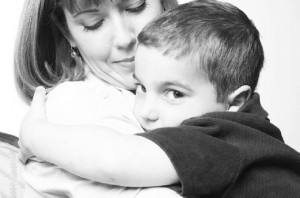 All babies cry. And all parents are continually striving to find the best way to respond to those cries.
All babies cry. And all parents are continually striving to find the best way to respond to those cries.
Unfortunately, there is an abundance of misguided information about how to best respond to a crying baby; sometimes friends, family members, and even health practitioners may push advice upon parents that has not been well-researched.
Babies are born with brains that are only 25 percent of their full-grown size. Ninety percent of post-birth brain growth occurs in the first five years of life, influenced greatly by each interaction between the child and his caregivers. Brain connections are formed based on life experiences, particularly emotional experiences. If a child is not consistently comforted when in distress, his brain will not form the vital pathways that will help him learn to manage his own emotions and impulses. This can have a lasting impact into adulthood. Continue reading Crying and Comforting
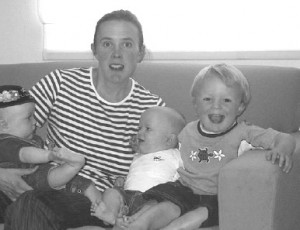
 “Mom, there’s just seven more days until the first day of fall!” my six-year-old son announced, giving me the usual morning “fall countdown.” “How are we going to celebrate? Can we jump in the leaves?” he asked.
“Mom, there’s just seven more days until the first day of fall!” my six-year-old son announced, giving me the usual morning “fall countdown.” “How are we going to celebrate? Can we jump in the leaves?” he asked.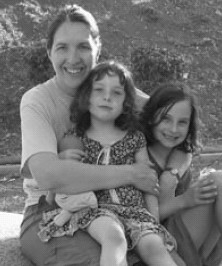
 Becoming a mother can be wonderful – and highly stressful. Sleepless nights, breastfeeding difficulties, a history of trauma, low partner support, or a baby with health problems are all stressors that can put you at risk for depression. Fortunately, there are some steps that you can take to help you cope.
Becoming a mother can be wonderful – and highly stressful. Sleepless nights, breastfeeding difficulties, a history of trauma, low partner support, or a baby with health problems are all stressors that can put you at risk for depression. Fortunately, there are some steps that you can take to help you cope. So many first-time moms are caught off-guard by their emotions after giving birth to the baby they’ve been waiting for months, even years, to join their family. It’s completely normal to feel a letdown after the big day. After all, childbirth is a life-changing experience in every way. What new moms and their partners need to do is understand how to recognize the “baby blues” and what can help until they go away…usually in a couple weeks.
So many first-time moms are caught off-guard by their emotions after giving birth to the baby they’ve been waiting for months, even years, to join their family. It’s completely normal to feel a letdown after the big day. After all, childbirth is a life-changing experience in every way. What new moms and their partners need to do is understand how to recognize the “baby blues” and what can help until they go away…usually in a couple weeks.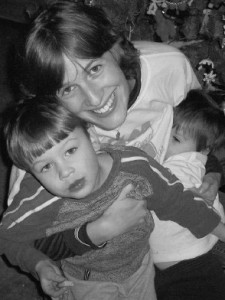
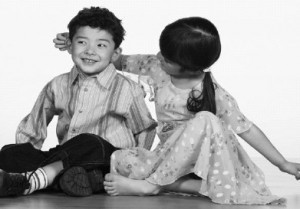 “Mommy, why do you need another Yonatan?” asked my first-born, looking at my growing belly. I hugged him and said, “I do not need another Yonatan. There is no other Yonatan. You are the only ‘you’ there will ever be, and I love you so much.”
“Mommy, why do you need another Yonatan?” asked my first-born, looking at my growing belly. I hugged him and said, “I do not need another Yonatan. There is no other Yonatan. You are the only ‘you’ there will ever be, and I love you so much.”